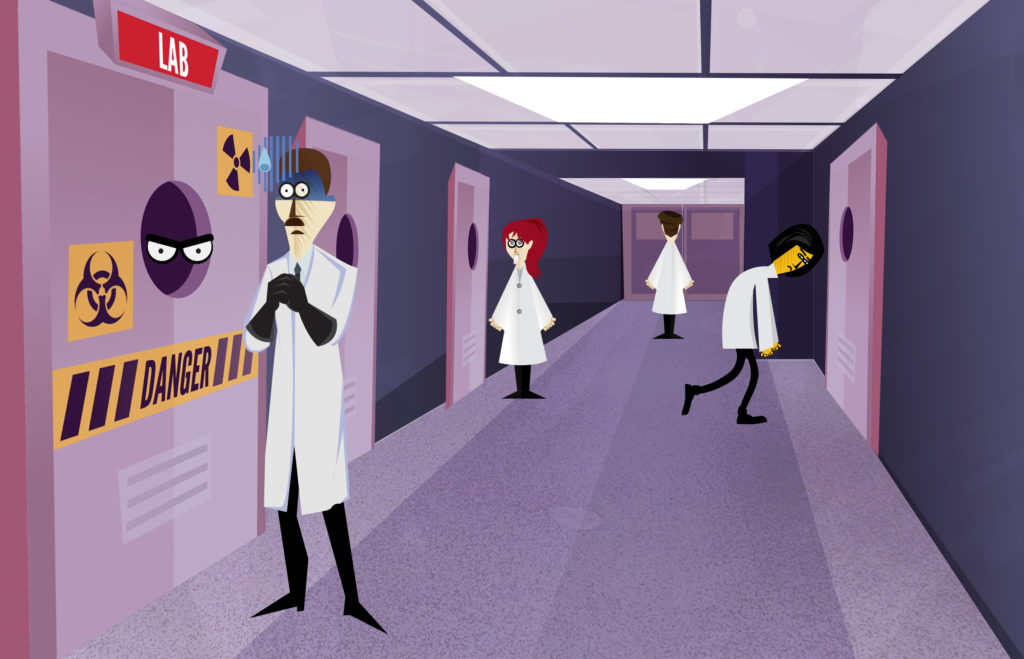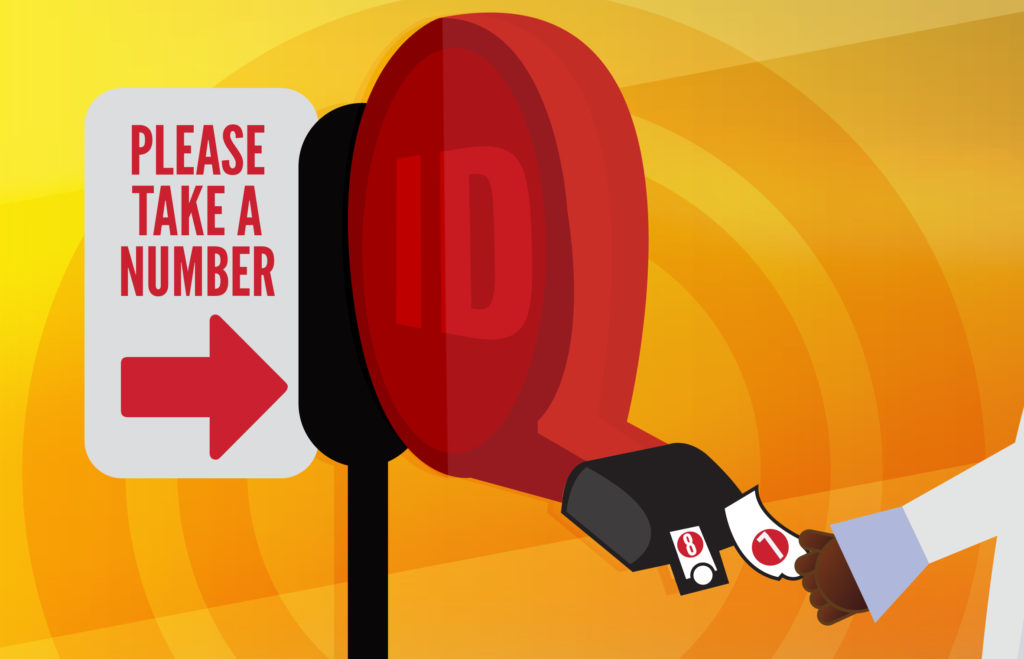Kardashians over the cosmos, sports over science, memes over medical breakthroughs, dragons over discoveries; the American public is the neglectful parent that can’t take their eye off the big game while their bespectacled, bright-eyed daughter is trying to show them the A+ she got on her science project.
In a world where most Americans don’t consume science news, NASA shines in reigniting the flame of public interest. How can universities follow?
Science News vs Pop Culture
On November 24, 2017, it was announced that a group of researchers from Imperial College London and King’s College London developed a new method for creating 3D replications of human organs and tissues. This cryogenics-based technique opened the door for scientists to one day regenerate damaged tissues for transplantation without the risk of having the tissues rejected by the body during the transplant. Surely, a paradigm-shifting achievement that will one day positively affect millions of people.
The top story for this same day, November 24, 2017, was the chaos and unmitigated frenzy of Black Friday. Social media and television news were flooding the airwaves and cyberspace with videos of people trampling over each other for a $50 foot massager or a discounted toaster radio.
A groundbreaking achievement in medicine and technology, one that will undoubtedly save lives and provide hope for those waiting to find a matching organ donor, overshadowed and pushed aside.
The same thing happened on August 21, 2018, a date that should have cemented itself in the annals of human records. That’s when scientists from the University of British Columbia discovered an enzyme from the human intestinal tract that can convert types A and B blood into type O blood, also known as the universal donor blood type. Surely, this discovery could one day put an end to blood-supply shortages and substantially improve the quality of life for people who cannot find a blood match.
The top story that day? The MTV Video Music Awards. Nary a peep on this life-saving breakthrough.
So, why does there seem to be a spotlight on celebrity culture over medical advancements; political drama over technological breakthroughs; and people who play doctors on TV over, well, actual doctors?
According to Pew data, a survey reflected that two-thirds of Americans do not seek out science news. In fact, it revealed that only 17% of Americans are active science news consumers. This is congruent with the notion that even NASA might be suffering from a similar dip in public interest over the last few decades. If NASA, the largest, most successful space exploration entity the world has ever known, has felt the effect of low public interest, then maybe that’s a good indication that the sciences in general have felt it.
Mainstream Media Mistrust
While NASA may have certainly wrestled with the issue of public disengagement, the evidence overwhelmingly reflects a lack of interest in science news across the board. As the Pew Research Center suggested, while most Americans admit curiosity about science news, only a minority of these survey takers actively consumed science news.
But why? Why are these people, who are so curious about the sciences, not actively seeking out science news stories?
One answer could be that most Americans don’t trust the scientific credibility of mainstream news outlets. The Pew study showed that most Americans feel that niche or specialty sources like museums, documentaries, or science magazines “get the science right,” as opposed to general news sources.
“(And) while Americans are most likely to get their science news from general news outlets and say the news media overall do a good job covering science, they consider a handful of specialty sources – documentaries, science magazines, and science and technology museums – as more likely to get the science facts right,” wrote researchers Amy Mitchell, Jeffrey Gottfried, and Cary Funk in their Pew Research Center article “Science News and Information Today.”
“Even the most active of science news consumers regularly get science news from (these) general news outlets. But general outlets, by a longshot, are not considered the most accurate – that distinction goes to specialty sources, specifically documentaries, science magazines, and science and technology museums.”
Per John Timmer, the science editor for Ars Technica, “While the single largest source was general news, only a quarter of those surveyed feel that the news gets its science right most of the time. In fact, none of the sources was considered especially accurate. Even museums and dedicated science magazines were rated as getting the science right most of the time. These numbers, however, go up considerably among the active science news consumers, more than 70 percent of whom think museums, documentaries, and science magazines get it right most of the time.”
Since NASA is the mothership of world science and the proverbial trendsetter for engineering, let’s delve deeper into the waxing and waning of the public’s interest in NASA news. Let’s explore why interest has dipped and how they are countering it effectively.
Back Down to Earth
This year marks the 50th anniversary of the Apollo 11 mission to the moon. Surely, a human achievement worthy of celebration. Also, earlier this year, NASA reaffirmed its commitment to the timeline of landing humans on the moon’s south pole by 2024 as it advances its Artemis Moon Program. Add to this the Opportunity rover’s disheartening final transmission in February, which had the collective lip of the nation quivering with heartache, the first image of a black hole going viral in April, and intensified talks of going to Mars, and it is apparent that NASA has relaunched itself on to the forefront of the national consciousness.
But has it always been that way?
Has America finally come back down to earth from its giant leap in 1969?
NASA aerospace technologist and former University of Houston faculty member Gary Kitmacher explored the perceived fading public interest in NASA activity in his published paper “Social Psychology and Developing a Campaign for Influencing Public Interest in the Space Program.”
“The great adventure that is spaceflight has unfolded in a relatively short time. Public interest in space travel built throughout the 1950s to a crescendo at the time of the first moon landing in 1969. Space flight provided new and unique perspectives of our world and of other worlds. The early space program of the 1950s and 1960s caught the public’s attention, engaged their interests and reliably fulfilled the promises of exploration, as envisioned in the science fiction of decades earlier,” he wrote.
Kitmacher supported a general consensus that NASA’s public interest stock waned in the years following that fateful day in 1969. He portrayed the public’s interest in NASA up until the moon landing as one that was built up over time, cradled, developed, and ultimately validated in the most dramatic way imaginable when Neil Armstrong’s foot pressed down against lunar sands.
“After the first manned moon landing, public interest waned. There have been some brief periods when some interest was regained for a short time, but it never saw the public interest of the 1960s.”
The paper echoes former NASA chief of strategic communications Robert Hopkins’s 2007 market research, in which he found that, “NASA has broad public support, but only a fraction of the public believes that NASA is relevant to their lives.”
The paper also cites a report called “Building and Maintaining the Constituency for Long-Term Space Exploration” which showed a “broad but not necessarily deep support for space flight activities.”
There is this theme that seems to consistently rear its head, in which public support for NASA is widespread, but just not deep enough. As meteorologist and founder of Space City Weather Eric Berger put it, “American support for space exploration is a mile wide and an inch deep.”
In other words, everyone feels what NASA does is important, but not so important that they’re willing to invest a lot of money into it.



